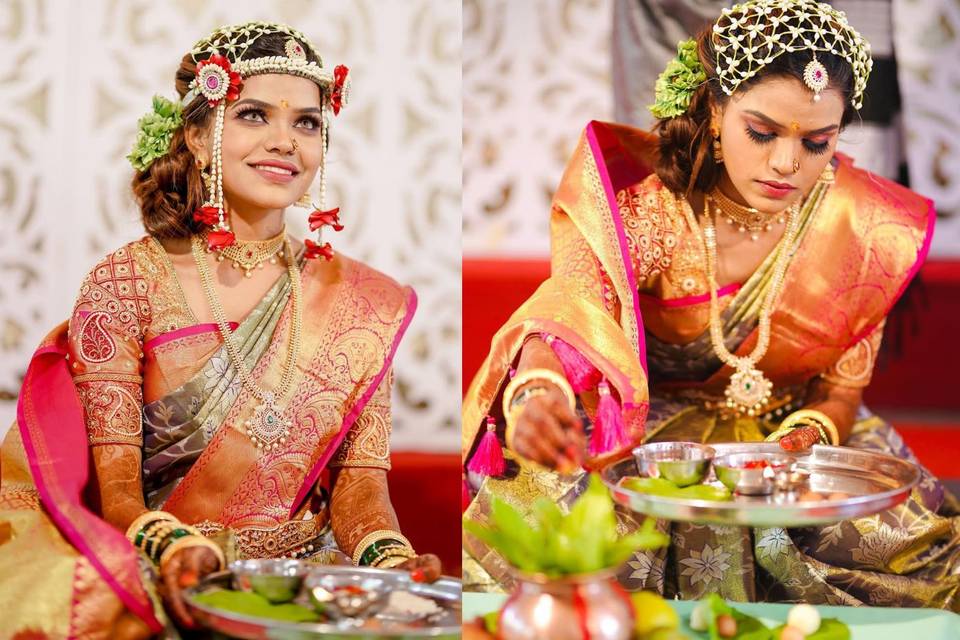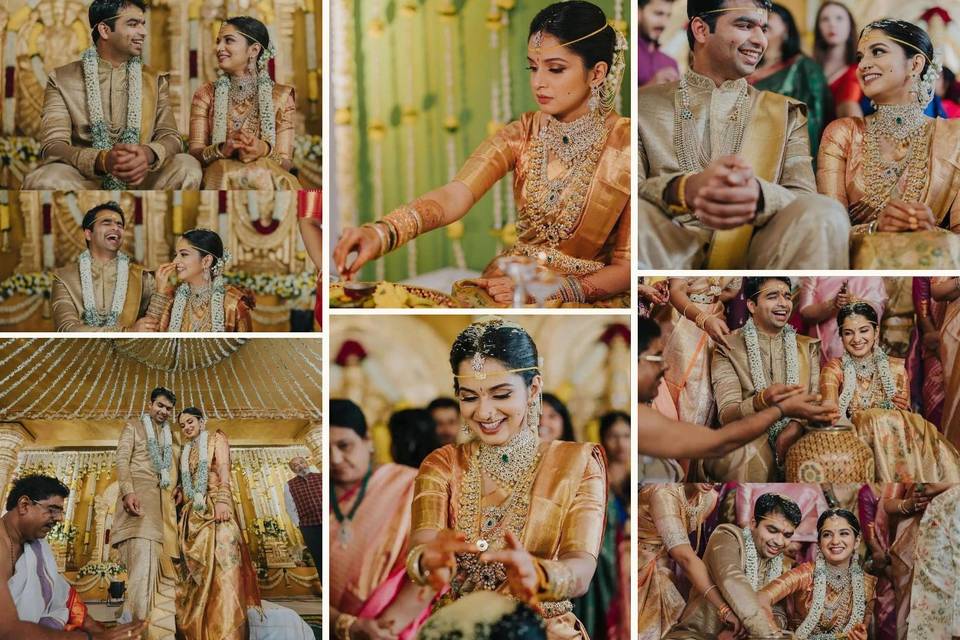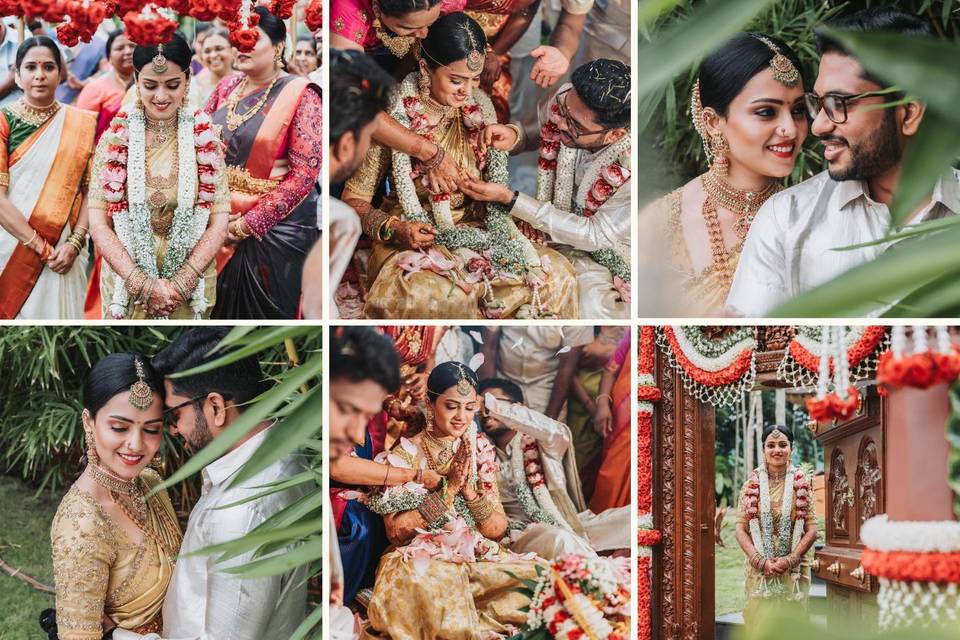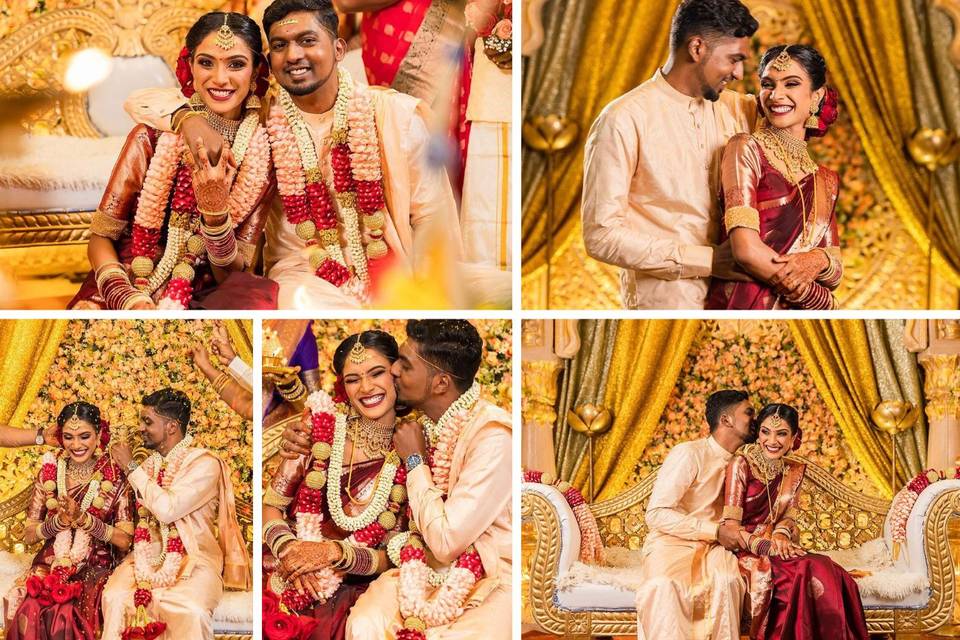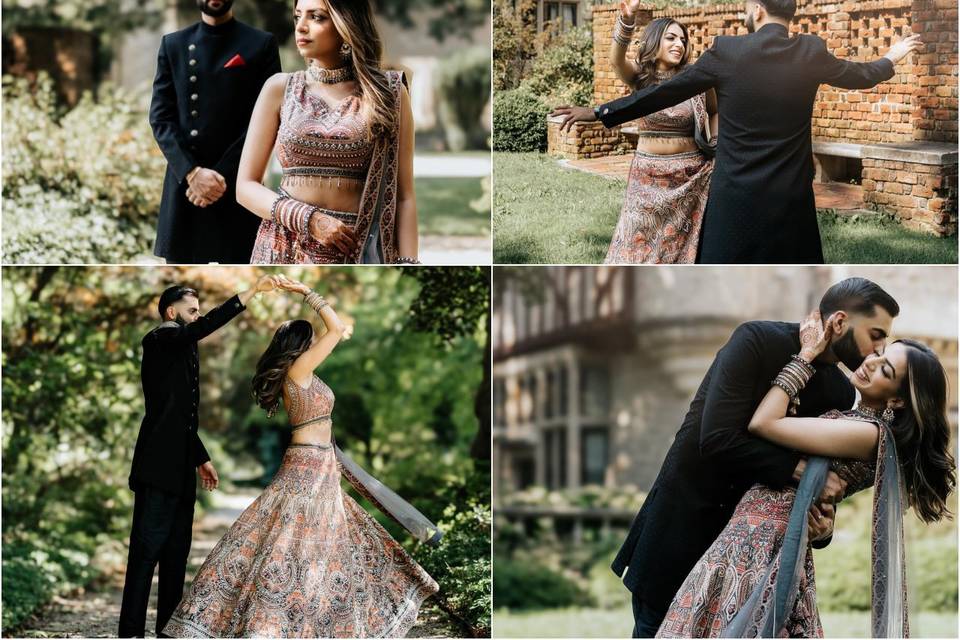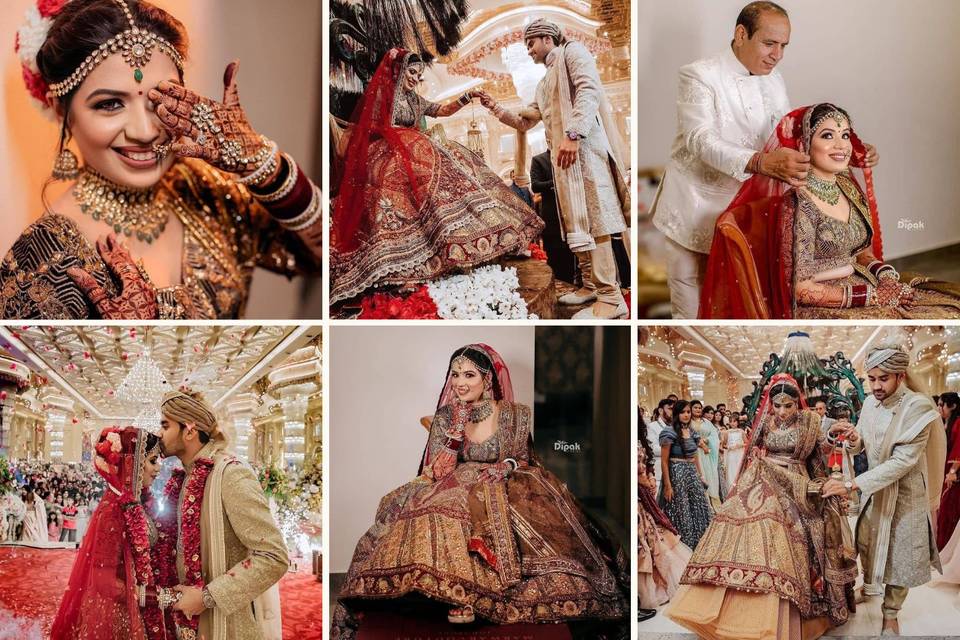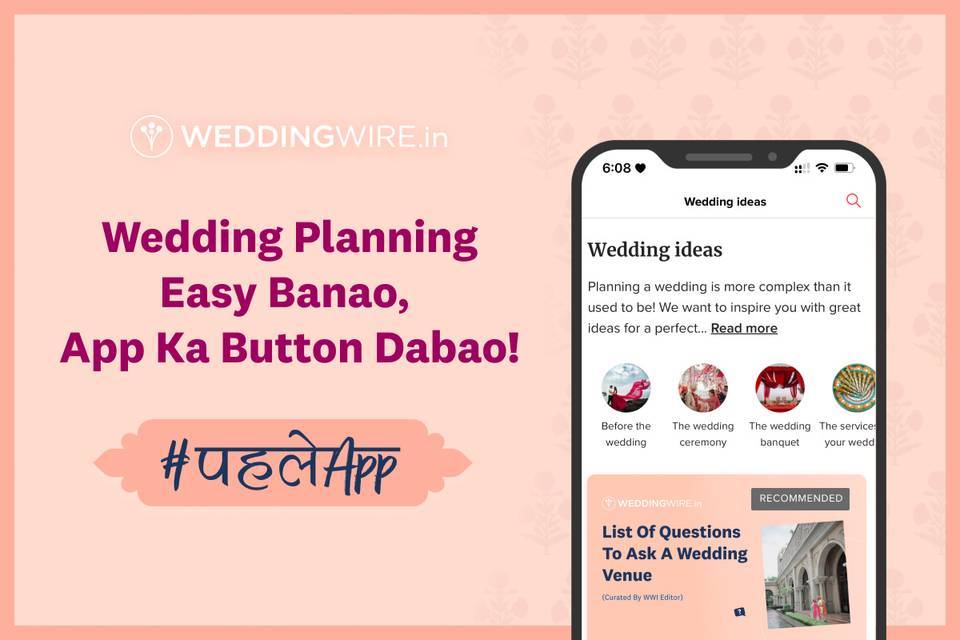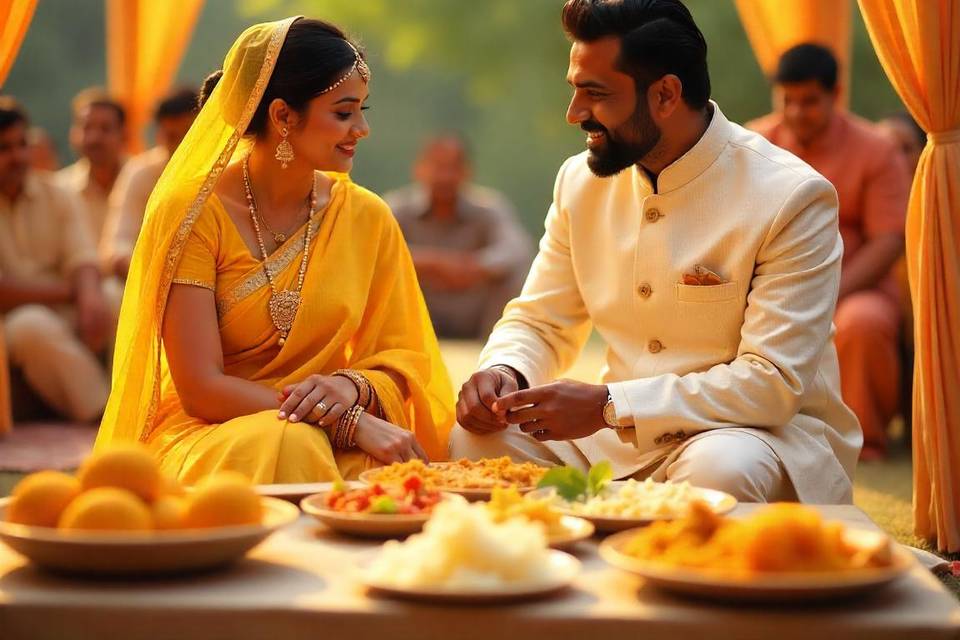As Told By Muslim Brides: Islamic Wedding Ceremonies And All That's Special About Them
Every wedding is special, but many features and customs set a Muslim marriage apart. Here’s more about Muslim weddings; their functions and customary rituals as narrated to us by real Muslim brides.
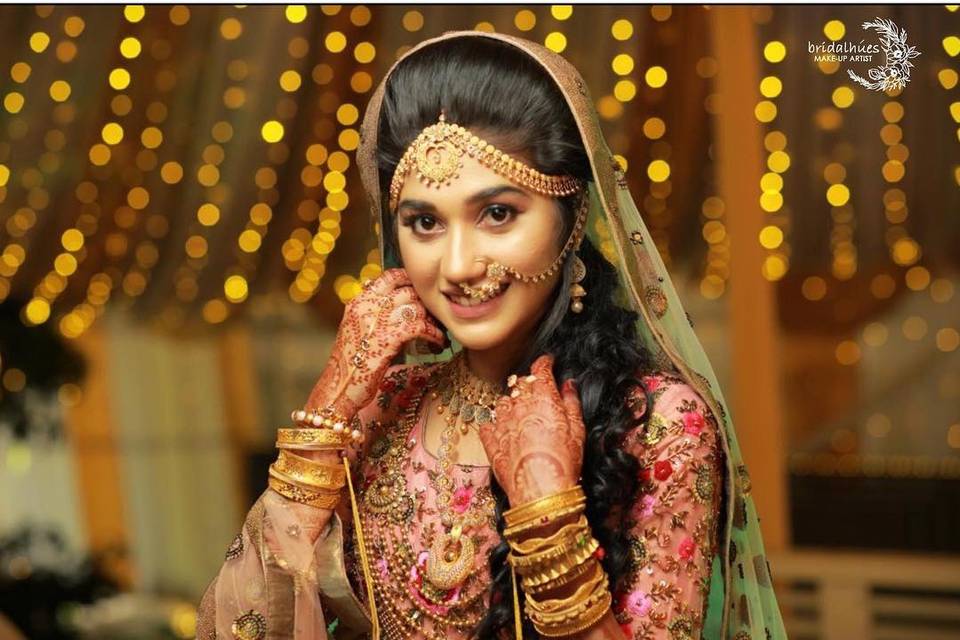

When we think about Muslim brides, our mind starts imagining a woman with minimalistic makeup and kohl-rimmed eyes, wearing a royal Gharara paired with a remarkable Jhoomar.
Like any other Indian wedding, a Muslim Nikah is a union of two souls and a celebration of colourful ceremonies. And, like any other bride, Muslim brides too have to keep so many details and elements in mind before finalising their bridal look.
1. Naima and Sameer Raza Khan's Wedding
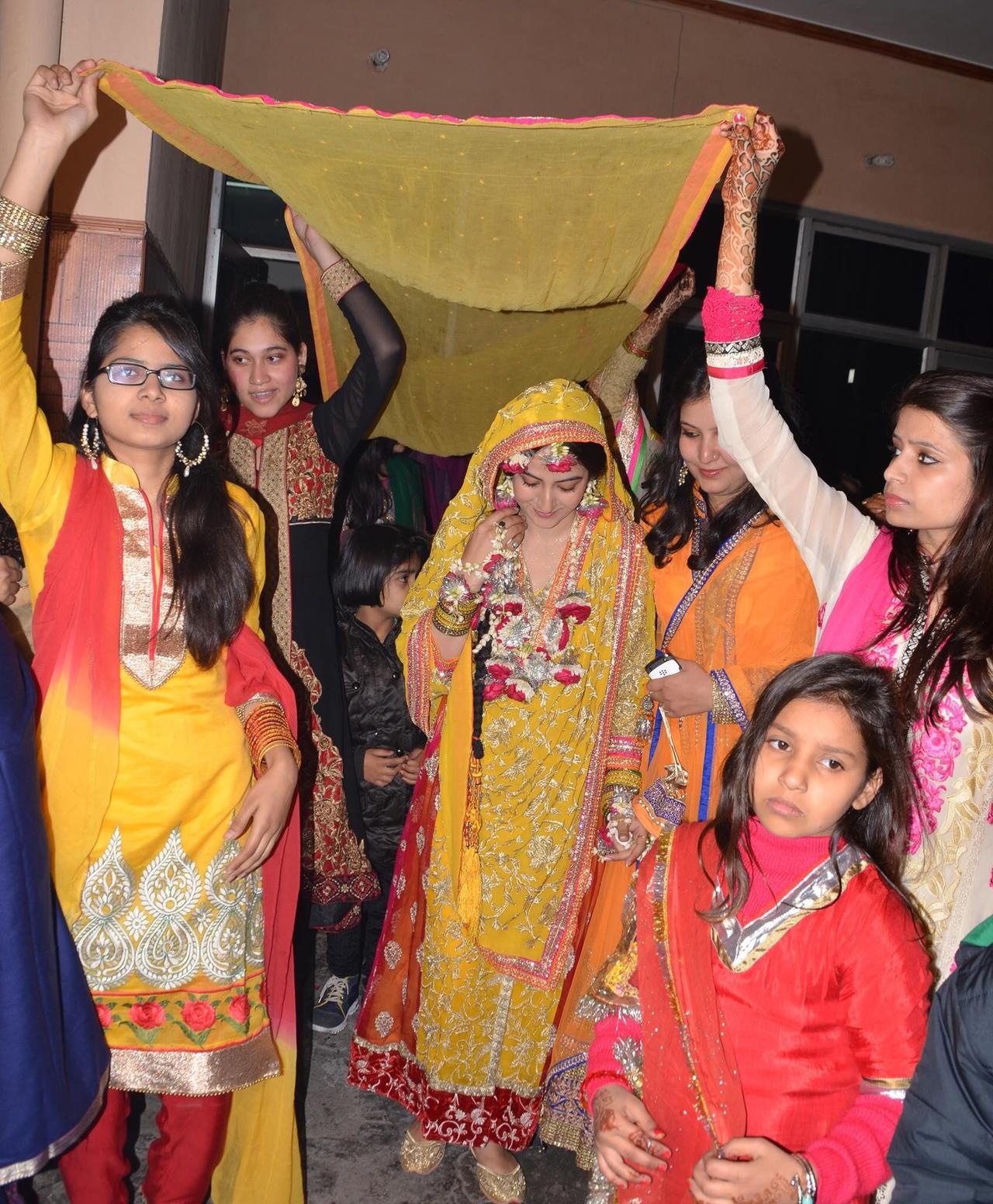
Image courtesy: Naima Khan
This Muslim wedding is sure to inspire you - right from the stunning decor to the gorgeous bridal outfits. In fact, for the bride Naima Khan, her Rampur wedding was a mix of traditional functions but with a contemporary twist.
She says, “My husband and I knew each other for good three years before we decided to solemnise our relationship. Ours was a love marriage, but my husband, Sameer Raza Khan, was easily accepted by my family which of course, was a big relief for me.”
A. Haldi Ceremony
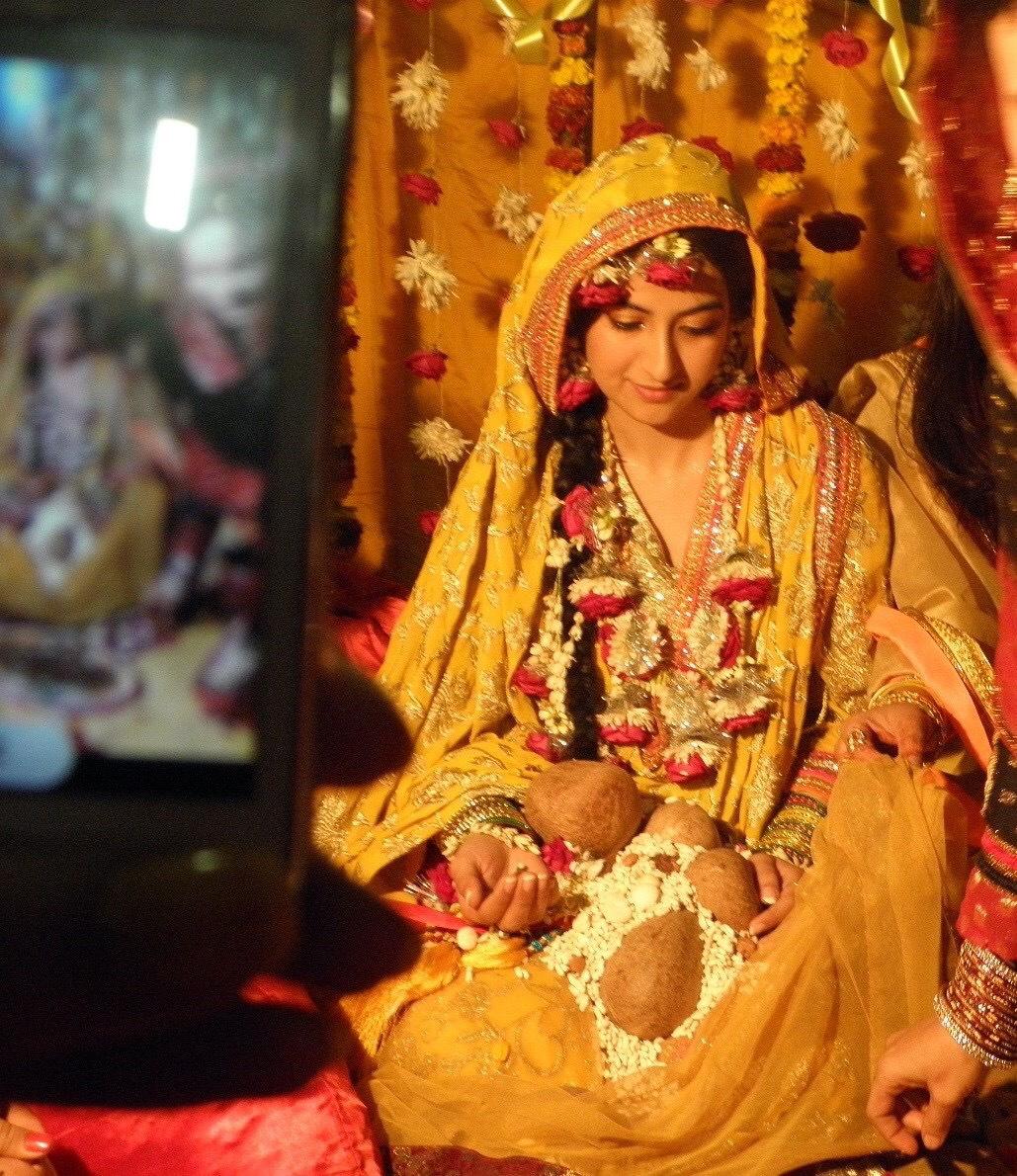
Image courtesy: Naima Khan
Naima’s wedding was far from a typical simple Muslim Nikah as she had a week of singing and dancing. She planned three elaborate functions; starting from Manjha which is equivalent of the Haldi ceremony.
It was planned two days ahead of her wedding day. Unlike many Muslim brides who don’t care to preplan their wedding ceremonies, Naima was sure to enjoy this special moment of her life. She meticulously planned her ceremonies and designed a different look for each occasion. Therefore, for Haldi and Mehndi, she chose to wear a traditional yellow suit.
“Muslim brides often wear yellow for their Haldi ceremony and so did I. It is my favourite and most festive part of the wedding ceremony. Basically, in Islamic weddings, Mehndi can either be held separately for the bride and groom or it can be a joint function. It's basically a bridal shower, but a lot more colourful,” she adds.
The bride-to-be escorted onto the stage under a yellow dupatta, or a scarf, held by six female relatives or friends is a sight to behold. The bride’s head is covered, and she doesn't have much makeup or any jewellery at this event.
B. Nikah Ceremony

Image courtesy: Naima Khan
Naima kept the best for her Nikah ceremony. She wore a traditional red Gharara design, handwoven and hand embroidered by expert craftsmen of Rampur. It took them approximately five months to complete her bridal outfit which made her look like a Mughal queen. To complement and complete her ethereal look, Naima sported elaborate Kundan and Jadau jewellery set.
Nothing looks better than a coordinated bride and groom in their wedding ensembles and so to match up with Naima’s outfit, her husband wore an off-white sherwani with a golden turban. “Muslim brides usually wear a wedding outfit that’s gifted to them by the groom’s family. Mine was breathtakingly beautiful with intricate and heavy work. It’s something I can definitely pass on to my coming generations,” she quips.
Another sacred ritual called Arsi Mushaf performed during their wedding is a ceremony when the bride and groom finally look at each other through a mirror kept in between them.
C. Reception Party
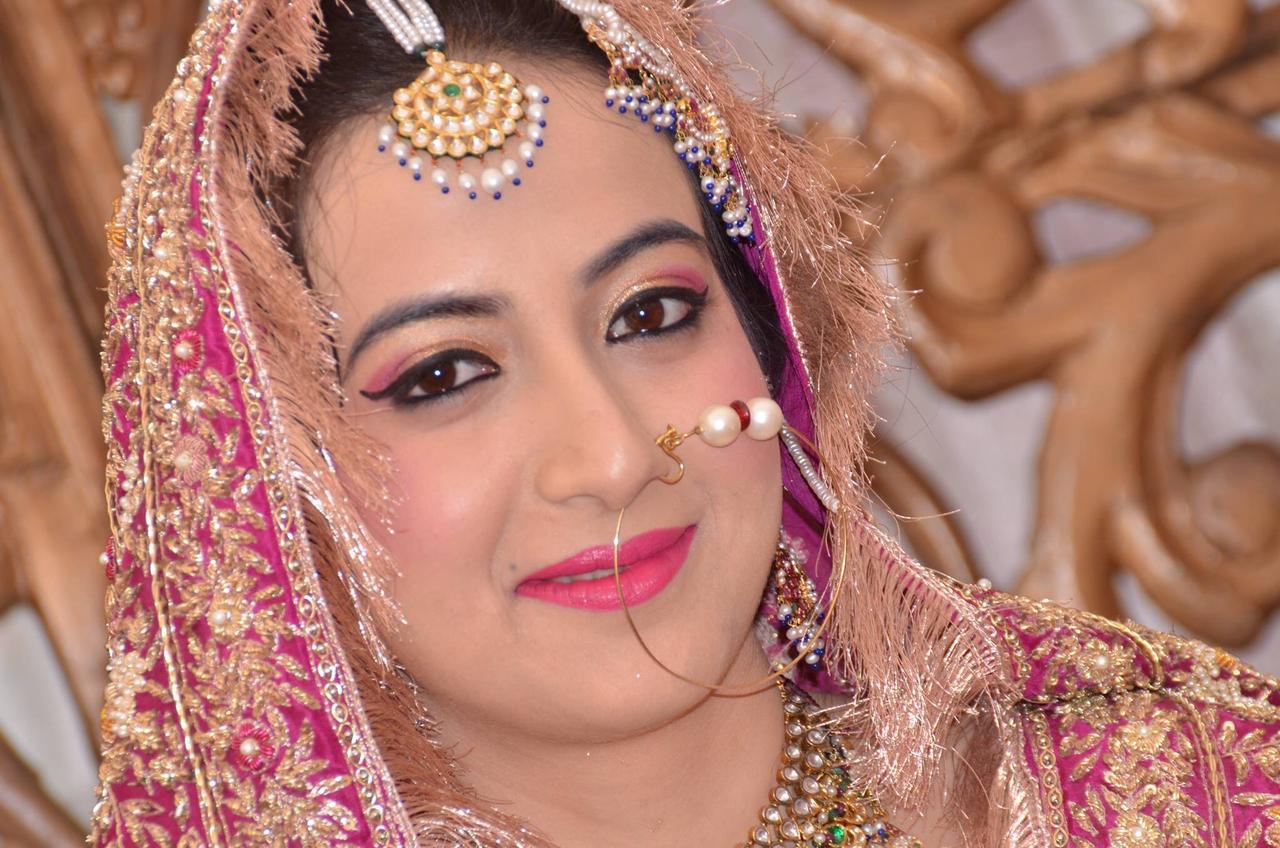
Image courtesy: Naima Khan
For her Walimah or reception party, Naima was dressed in pinkish-purple Gharara but to give it a contemporary twist; she accessorised it with the Rani Haar and a Nawabi-style Nath.
2. Areej Aftab and Abeer Uddin’s Wedding
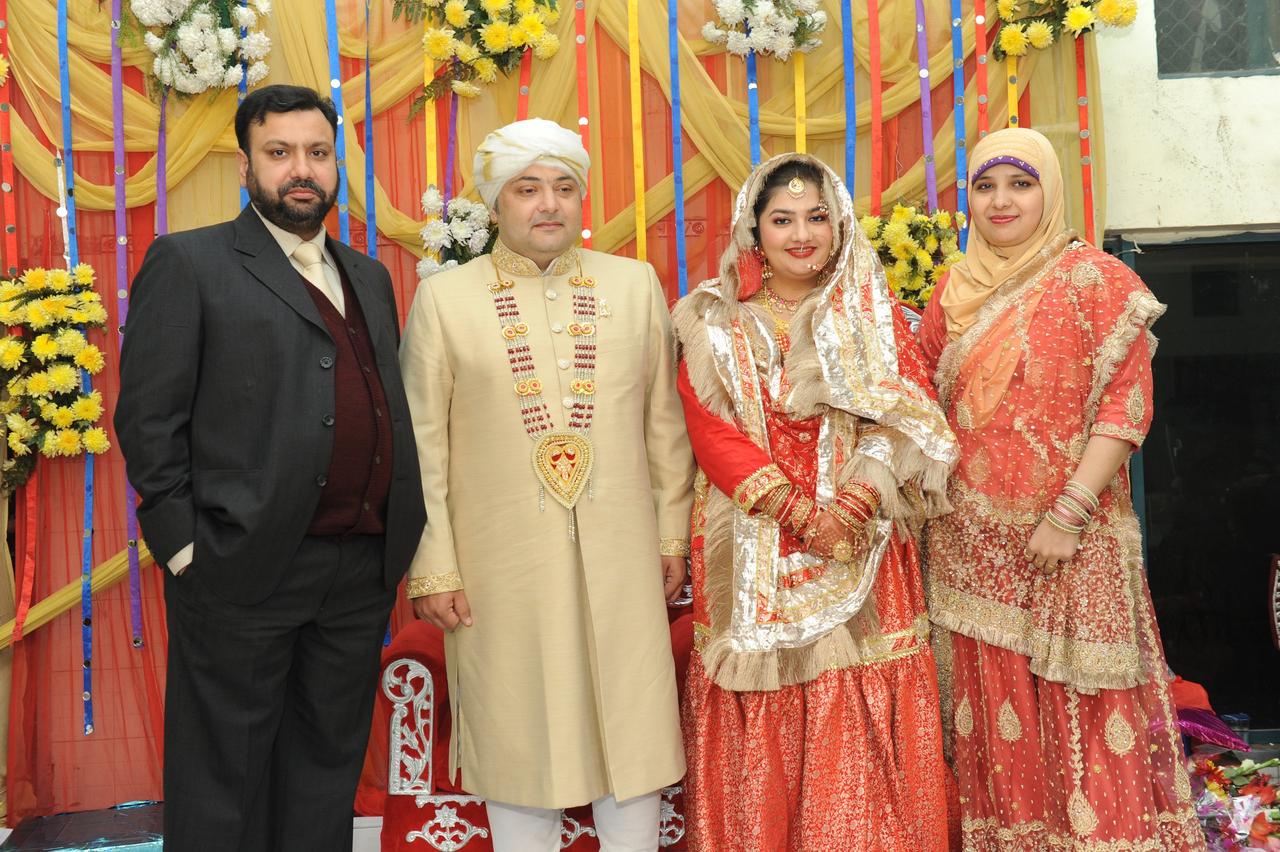
Image courtesy: Areej Aftab
Areej Aftab and Abeer Uddin’s Muslim wedding was comparatively simple and not so elaborate. Areej had an arranged marriage but spent a courtship period of precisely one year before the couple decided to take a plunge.
When it came to planning, Areej was sure that she did not want a lavish or an extravagant wedding. Therefore, right from her limited guest list and minimalistic bridal look to wedding ceremonies, she focused on keeping everything subtle and low profiled.
“I personally prefer weddings to be a close-knit affair, and therefore, we made sure to keep our wedding a simple yet elegant ceremony,” says Areej.
“Like many Muslim brides who love to splurge on their bridal outfit and bridal trousseau, or spend days and make endless trips to boutiques and jewellery stores, I was quick at deciding and emphasised on making practical choices. Right from my Haldi dress to the wedding Gharara, I picked up dresses and jewellery that were wearable and comfortable."
A. Understated Elegance

Image courtesy: Areej Aftab
For her Haldi ceremony, that was just a day before her Nikah, Areej wore a traditional yellow and green Anarkali suit, and for her Nikah, she chose a beautiful red Gharara paired with layers of gold jewellery. Her bridal look was totally minimalistic and elegant. To match up with his bride in a red avatar, Areeb wore a golden sherwani.
Every wedding is special in a way, but for Areej, it’s those precious moments and cherishable memories that make her wedding extra special. “Coincidently, our wedding date was decided for January 1, so now we always have a double reason to rejoice during New Year,” she quips.
Do you have any memories or anecdotes from a beautiful Muslim wedding - either yours or one you've recently attended? Feel free to share with us in the comment section below.


